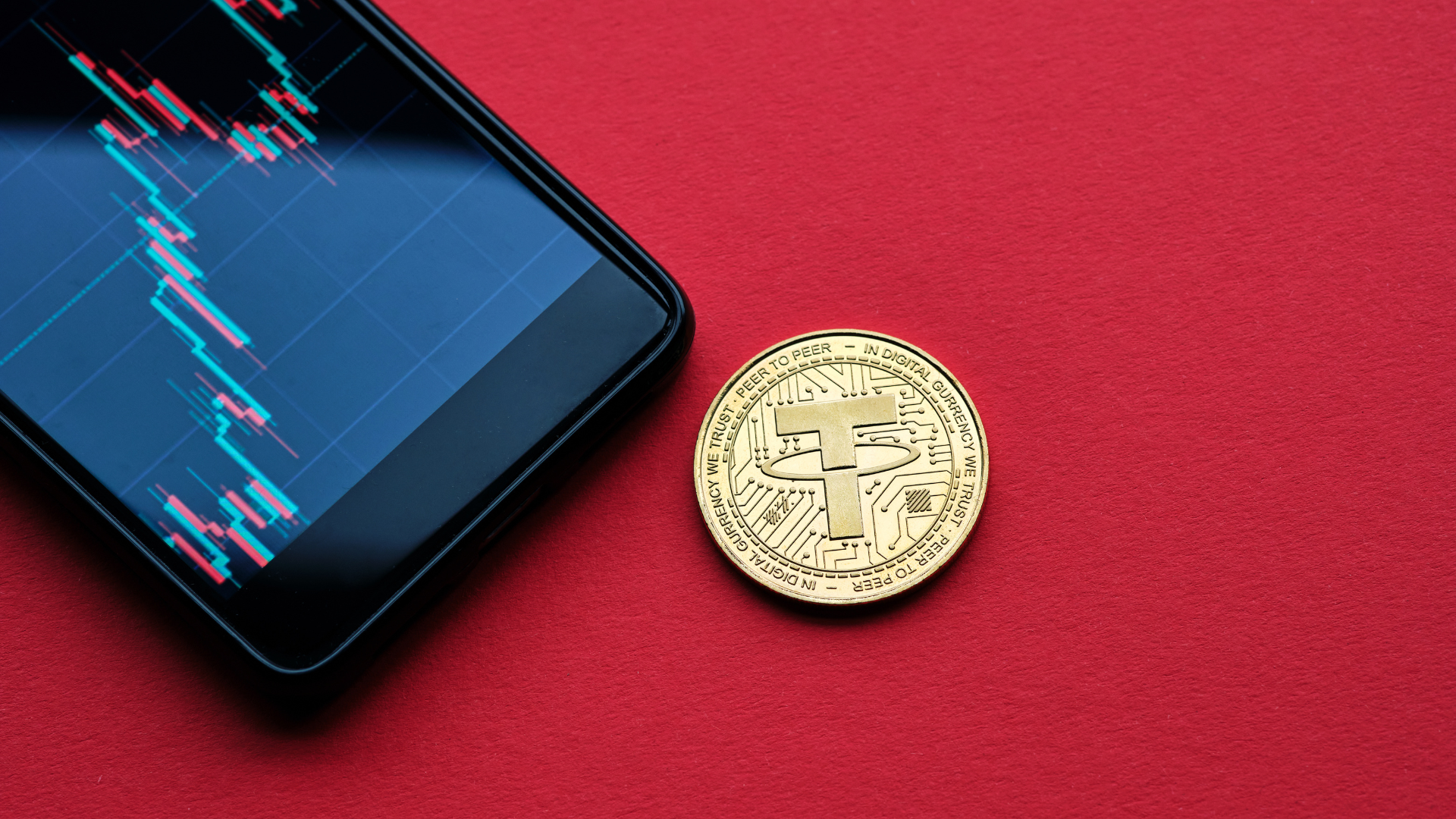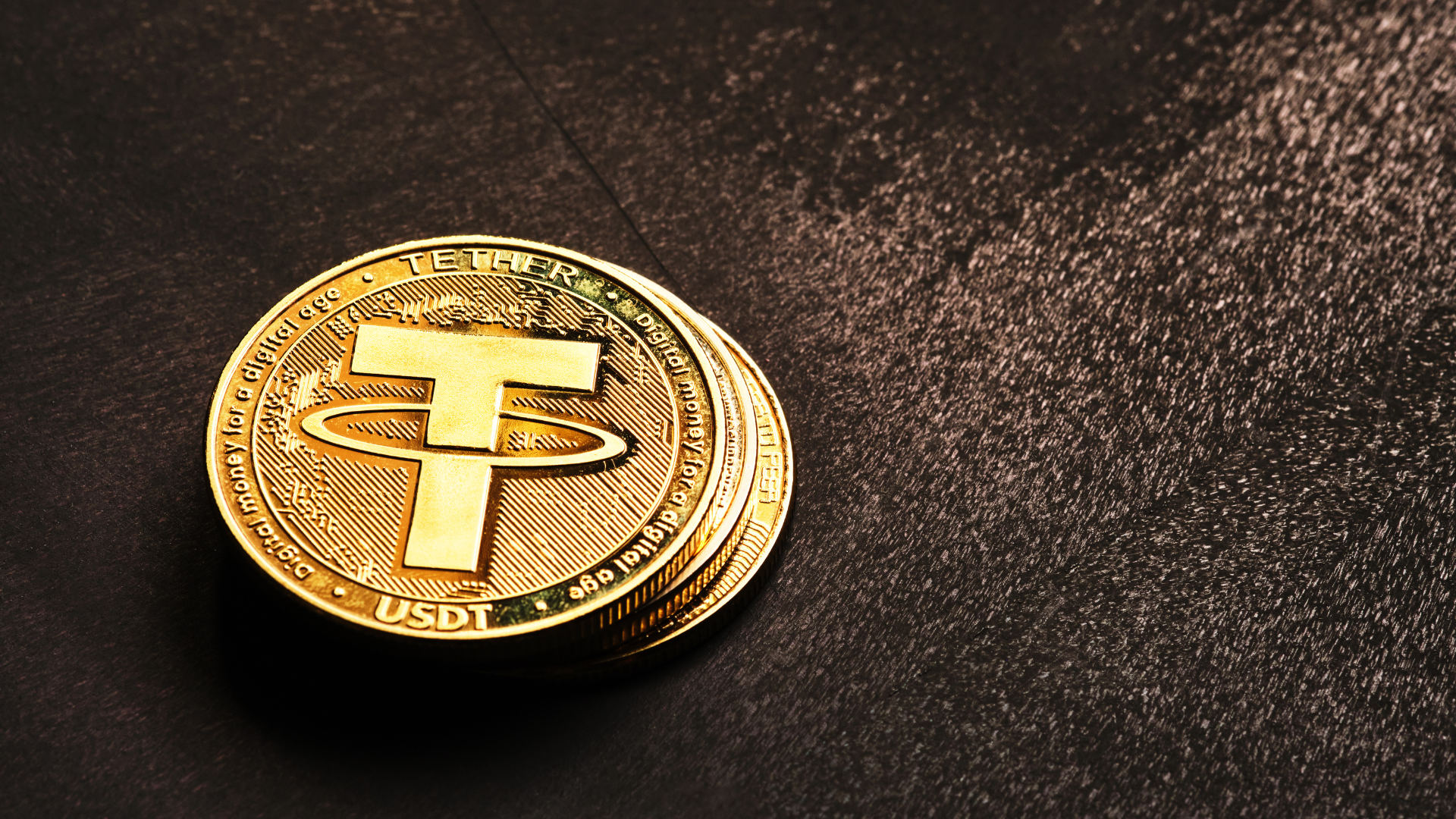USDT, or Tether, is one of the most widely used cryptocurrencies in the digital asset ecosystem. Unlike Bitcoin or Ethereum, USDT belongs to a special category called “stablecoins” – digital currencies designed to maintain a stable value by pegging to a reserve asset, typically the US dollar. This comprehensive overview explores USDT’s origins, how it functions, its applications, controversies, and its significant impact on the cryptocurrency market.

Origins and Development
Tether was launched in 2014 by Brock Pierce, Reeve Collins, and Craig Sellars as “Realcoin” before rebranding to Tether. The company behind it, Tether Limited, is closely associated with the cryptocurrency exchange Bitfinex. The fundamental premise was straightforward: create a cryptocurrency that combines the technological advantages of blockchain with the stability of traditional fiat currencies.
The core innovation of USDT was its 1:1 peg to the US dollar, meaning each USDT token is theoretically backed by one US dollar held in reserve. This design addresses one of the main obstacles to mainstream cryptocurrency adoption – price volatility – by creating a digital asset with stable purchasing power.
How USDT Works
USDT operates on multiple blockchain platforms, including Ethereum (as an ERC-20 token), Tron, Solana, and others. This multi-chain approach has helped Tether expand its reach and utility across different cryptocurrency ecosystems.
The creation and destruction of USDT tokens follow a specific process:
- Issuance: When a user deposits USD with Tether Limited, the company mints an equivalent amount of USDT tokens.
- Circulation: These tokens can then be transferred, traded, or used within the cryptocurrency ecosystem.
- Redemption: Users can, in theory, redeem their USDT for USD, at which point Tether Limited destroys (burns) the returned tokens.
The company claims to maintain reserves equal to the value of all circulating USDT tokens, which should include cash, cash equivalents, and sometimes other assets.
Use Cases and Importance
USDT serves several critical functions in the cryptocurrency ecosystem:
Trading Pair and Liquidity
USDT is used as a trading pair on virtually all major cryptocurrency exchanges. Traders often use USDT as a safe harbor during market volatility, moving their assets into USDT rather than converting back to fiat currency, which can be slower and more expensive.
Cross-Border Transfers
USDT enables faster and often cheaper international transfers compared to traditional banking systems, especially for larger amounts.
DeFi Applications
In decentralized finance (DeFi), USDT serves as a stable asset for lending, borrowing, and providing liquidity to various protocols.
Also Read: What is Decentralised Finance (DeFi) and How Does It Work?
In countries experiencing high inflation or currency controls, USDT offers a more stable alternative to local currencies while providing the accessibility of cryptocurrency.
Market Position
As of early 2025, USDT is one of the largest cryptocurrencies by market capitalization, typically ranking within the top five. Its daily trading volume often exceeds that of Bitcoin, highlighting its crucial role in market liquidity.
Tether’s dominance in the stablecoin market remains strong despite growing competition from other USD-pegged stablecoins like USDC (USD Coin), BUSD (Binance USD), and DAI.
Controversies and Challenges
Despite its utility, USDT has faced significant controversies:
Reserve Transparency
The most persistent controversy surrounds Tether’s reserves. Critics have questioned whether Tether Limited actually maintains sufficient reserves to back all circulating USDT tokens. The company’s reluctance to undergo comprehensive, independent audits has fueled skepticism.
Regulatory Scrutiny
Tether has faced regulatory challenges in multiple jurisdictions. In February 2021, Tether and Bitfinex settled with the New York Attorney General’s office, paying $18.5 million to resolve allegations that they hid substantial losses and lied about their reserves. The settlement required improved transparency but did not find definitive proof of wrongdoing.
Market Manipulation Concerns
Research has suggested connections between USDT issuance and Bitcoin price movements, leading to allegations that USDT has been used to manipulate cryptocurrency markets.
Banking Relationships
Tether has struggled with banking relationships throughout its history, with several banks severing ties over regulatory concerns.
Recent Developments
In response to criticisms, Tether has taken steps to improve transparency. The company now publishes quarterly attestations of its reserves, though these fall short of full audits. These reports have shown that Tether’s reserves include commercial paper, fiduciary deposits, cash, and treasury bills.
Regulatory frameworks for stablecoins continue to evolve globally, with many jurisdictions developing specific regulations that will affect how USDT operates. The growing institutionalization of cryptocurrency markets has also placed pressure on Tether to meet higher standards of compliance and transparency.
Comparison with Other Stablecoins
While USDT pioneered the stablecoin concept, competitors have emerged with different approaches:
- USDC: Operated by Circle and Coinbase, USDC emphasizes regulatory compliance and transparency, with monthly attestations from major accounting firms.
- DAI: A decentralized stablecoin that maintains its peg through over-collateralization with other cryptocurrencies and algorithmic mechanisms.
- BUSD: Issued by Paxos in partnership with Binance, focusing on regulatory compliance.
Each offers different trade-offs between decentralization, transparency, and ease of use.

The Future of USDT
Looking ahead, USDT faces both opportunities and challenges:
Opportunities
- Growing adoption: As cryptocurrency becomes more mainstream, the need for stable digital assets increases.
- Institutional interest: Financial institutions increasingly recognize the utility of stablecoins for settlement and trading.
- Integration with traditional finance: Potential bridges between decentralized and traditional financial systems.
Challenges
- Regulatory pressure: Evolving regulations could impose stricter requirements on stablecoin issuers.
- Competition: Other stablecoins continue to gain market share.
- Technological risks: Security vulnerabilities or blockchain limitations could impact USDT operations.
Conclusion
USDT has played a pivotal role in the development of cryptocurrency markets by providing a stable digital asset that bridges the gap between traditional finance and the cryptocurrency ecosystem. Despite controversies regarding its reserves and regulatory challenges, it remains a cornerstone of cryptocurrency trading and transfer systems.
As the digital asset landscape evolves, USDT’s ability to adapt to regulatory requirements, maintain its dollar peg, and continue providing liquidity will determine its long-term position in the market. For users, understanding both the utility and the risks associated with USDT is essential for navigating the complex world of digital assets.
Whether USDT will maintain its dominant position or gradually cede ground to competitors with different models of transparency and governance remains one of the most important open questions in the stablecoin space.
Get real-time updates on Crypto News Today, covering top cryptocurrencies, blockchain innovations, and regulatory developments shaping the future of digital assets and decentralized finance.



